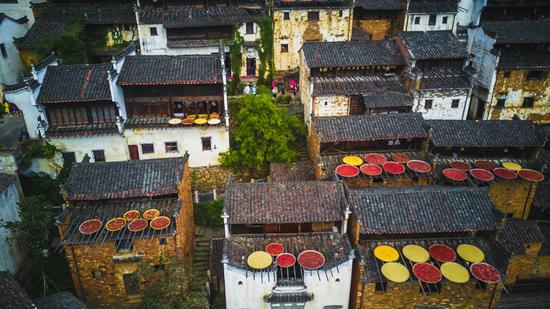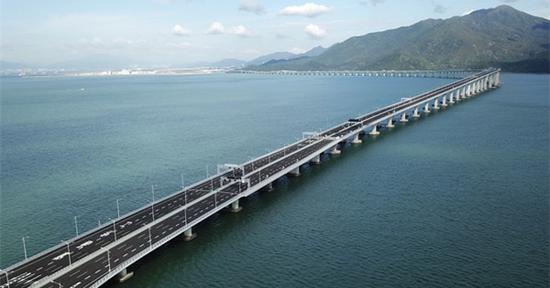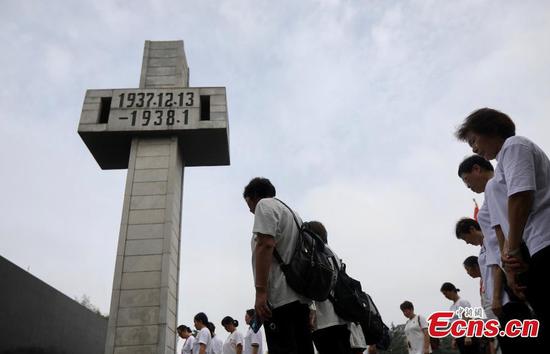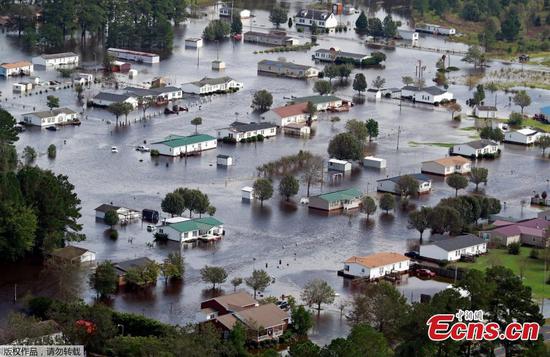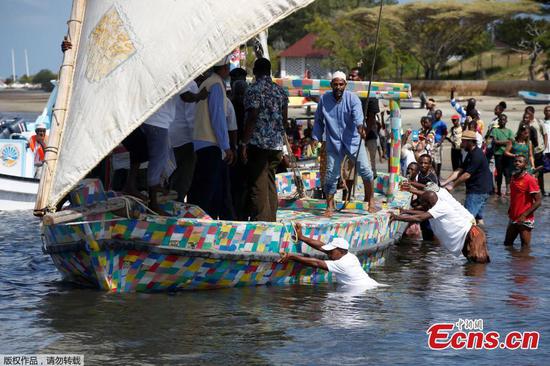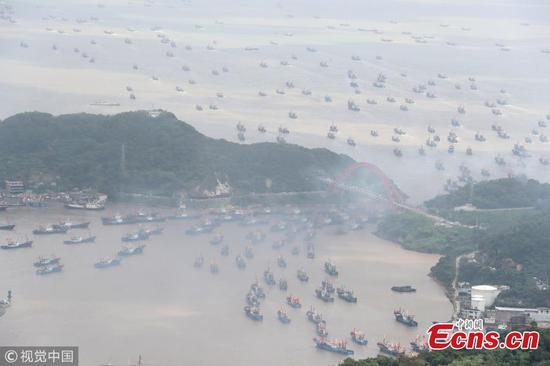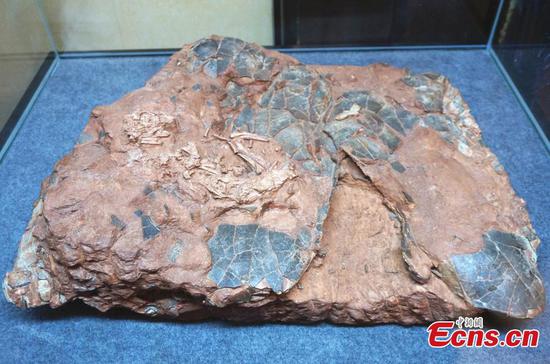The death toll of the powerful typhoon Mangkhut that battered the Philippines over the last weekend has risen to 81, police said on Wednesday.
Rescuers are scrambling to dig up the landslide site, but they find at least 70 people who are still missing, most of them buried alive by a landslide in the mining municipality of Itogon in Benguet province from the northern Philippines.
Philippine Presidential Adviser Francis Tolentino, who was appointed by the Philippine President Rodrigo Duterte for preparation and response efforts of super typhoon Mangkhut, said that rescue operations will continue to look for possible survivors in the Itogon landslide.
The majority of the dead and the missing came from the mountainous Cordillera Administrative Region where many landslides occurred, he added.
The Mangkhut is the strongest typhoon which hit the Philippines this year. It struck the northeastern tip of the Philippine main Luzon island early on Saturday, leaving behind a trail of landslides, damaged houses, flattened farms, fallen trees and power poles.
Cagayan Valley, the country's top corn producer and second rice producer, is the region hardest hit by the typhoon which struck just before the harvest season.
According to the National Disaster Risk Reduction and Management Council, damage to the Philippines' agriculture from typhoon Mangkhut ballooned to an estimated 14.3 billion pesos (264.3 million U.S. dollars).
Typhoon Mangkhut is the 15th to lash the Philippines this year. Weather forecasters said the country is likely to experience four or five more typhoons before the year ends.
Typhoons hit the Philippines around 19 times in a year, bringing strong winds and heavy rains, resulting in flooding, great damage to crops, houses and buildings, and deaths.
In 2013, super typhoon Haiyan devastated the central Philippines, killing more than 6,000 people. In 2009, typhoon Ketsana also caused massive flooding in Metro Manila, killing more than 700. Enditem












